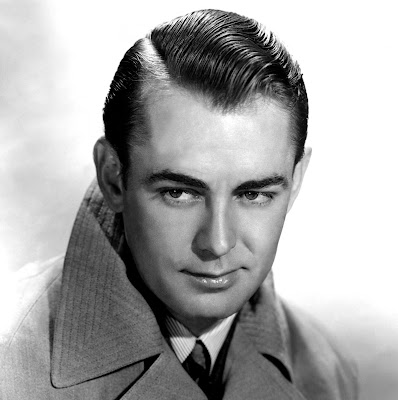cover art by John Pederson, Jr.
The table of contents of the June 1958 issue of Galaxy Science Fiction shows us that one of the novelets is "The Mininum Man" by Robert Sheckley and that one of the short stories is "The Gun Without a Bang" by Finn O'Donnevan. Both stories, though, were indeed written by Sheckley.
During the 1950s, Sheckley was quite prolific. He ended up with two stories in a single magazine quite often, using the Finn O'Donnevan pseudonym for one of the two tales. In the March 1953 issue of Fantasy Magazine, for instance, he had the short story "The Demons" published his own name and the short story "Feeding Time" under the O'Donnevan byline. The June 1957 issue of Galaxy had "The Deaths of Ben Baxter" as Sheckley and "A Wind is Rising" as O'Donnevan.

Back to that 1958 issue of Galaxy: I first read "A Gun Without a Bang" in high school. It was part of an anthology we were given as our textbook for a "Science Fiction as Literature" course. The course itself was a disappoinment--after the teacher asked me why I had read a particular book after seeing the movie, I tuned her out and just read whatever I wanted, while paying little or no attention to the actual class. But, though the teacher was as useless as pretty much every other teacher in that particular high school, I did find some memorable stuff in that anthology.
The trouble was that, though I remembered the story, I didn't remember the author or title. It was some years before I stumbled across it as a grown-up. As is almost inevitably the case when I read something as an adult that I had first read as a kid or teenager, I re-discover that I've always had impeccable taste in good storytelling.
"The Gun Without a Bang" features a hunter who is the first one to land on a jungle planet populated by several species of dangerous animals. This fellow, though, isn't worried. He has a new weapon--a disintegrator gun that is leagues ahead of any other hand-held pistol ever created. Point it and pull the trigger--an attacking animal will literally just vanish. There's no sound and no flash of light. The animal simply disappears.
So the newly arrived human is supremely confident he is in no real danger. Until, that is, he discovers that a gun without a bang has its drawbacks when fighting against non-sentient enemies.
"The Minimum Man," Sheckley's other tale in this issue and the one published under his own name, has an equally clever premise. Anton Perceveral is a not-quite-competent man who can't hold a job. He was prone to illness, minor injuries and a habit of accidentally breaking or losing items. He loses job after job because of this.
But then he gets recruited to be an alien-planet explorer--the first person to land on a new planet and find out if it's fit to be colonized.
Why hire a hopeless klutz for this job? Well, Earth used to send the Best and Brightest. The trouble was that the average colonist wasn't as skilled as these top-flight explorers. Things the Best and Brightest could handle would be deadly to the colonists.
But if you send a klutz to check out the planet and he survives... well, then, a few hundred colonists shouldn't have any trouble at all.
So Perceveral finds himself barely surviving on an alien world. He manages to survive, though. He even manages to become gradually more skillful and less likely to break or lose things.
But if Perceveral become competent, doesn't that negate the point of the experiment? Perceveral's bosses have thought of that, of course. And as Perceveral becomes competent, his robot assistant begins to break things and lose stuff....
Both stories show Sheckley's main strength as a science fiction writer. Both stories are full of humor and irony, but without ever crossing the line into a parody of the genre. Both stories can be accepted as legitimate science fiction while still making us smile.
You can read this issue of Galaxy HERE.






























